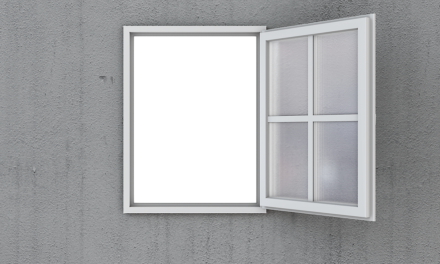Reroofing your home is a significant investment and one that many homeowners struggle to afford. Nevertheless, it’s crucial to schedule a roof replacement on time. Failure to do so can result in damage to your home’s structure, higher heating and cooling costs, and reduced indoor air quality. Let’s explore some strategies to budget for your new roof effectively.
- Save Money
The ideal way to save money for a new roof is to put some aside each paycheck. Financial experts recommend saving at least 1% of your home’s value each year and as much as 4%. If you’re able to do that, you should have little problem affording your new roof when the time comes.
- Borrow
If there’s not enough time to save between now and needing a new roof, you can augment what you can save with financing. Financing through a roofing company is an option but often not the best. A home improvement loan will typically provide a better rate. Alternatives include a home equity loan and a home equity line of credit (HELOC). Which is better for you depends and is something you should discuss with a financial advisor.
- Explore Credits, Rebates, and Incentives
There may be opportunities through which you can lower costs. These include federal and state tax credits. You may be able to claim a manufacturer or ENERGY STAR rebate. Homeowners should also check with their insurance provider. Some insurance companies, for instance, will give you a home insurance discount if you opt for a particular roofing material or characteristic.
- Strike a Balance Between Short- and Long-Term Costs
Avoid being shortsighted. If you’re short on time, it may be compelling to opt for a cheap option, such as three-tab asphalt shingles. That decision could end up costing you more in the end. Architectural asphalt shingles, for instance, will cost more initially but last longer and therefore provide you with better value.
- Research Estimates Costs
There are tools online that will help you estimate material and labor costs based on the square footage of your home. The data provided isn’t precise but is helpful in budgeting. Add at least a couple of percentage points of leeway into the estimate, and be sure to update the numbers as time passes.
- Be Proactive and Plan Ahead
If you have 30-year well-maintained shingles, aim to replace them sometime during the 29th or 30th year. Don’t try to squeeze more life out of them and risk water damage. Also, plan for non-peak timing, such as fall, as you may be able to get a discount on the installation and who does not love a good deal.
- Schedule At Least Several Estimates
Get written estimates that include all materials and labor from at least three roofing contractors. This will help you avoid bids that are too high and too low.
The Bottom Line
Replacing a roof can seem daunting when a homeowner waits until the last minute, so don’t. When you have a plan in place, it’s a much more affordable and peaceful process.






